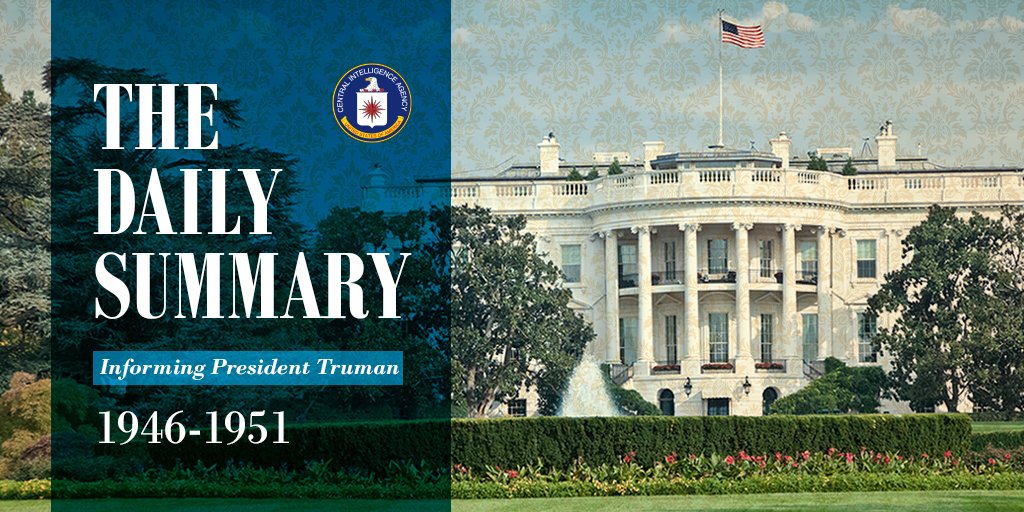Pups transition from working w trainers to their new handlers can be a challenge for both.
Handlers are used to working w their soon-to-retire dogs.
Pups are used to the trainers.
It’s like changing dance partners & can take a while for the new partnerships to get in sync.
Handlers are used to working w their soon-to-retire dogs.
Pups are used to the trainers.
It’s like changing dance partners & can take a while for the new partnerships to get in sync.

• • •
Missing some Tweet in this thread? You can try to
force a refresh











